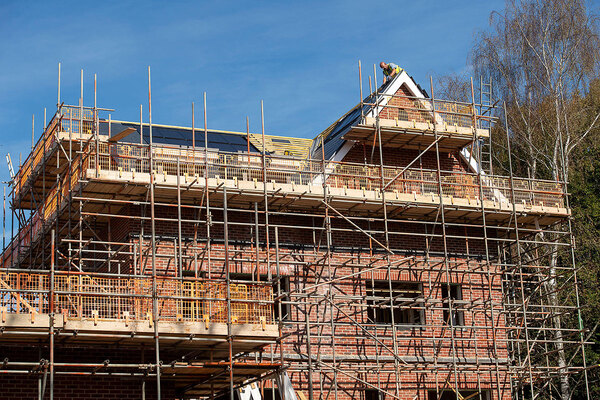Why aren’t we making progress on later-living accommodation?
The Older People’s Housing Taskforce set out very clear recommendations. Why isn’t the government driving the change required, ask Amy France and Victoria Du Croz, partners at Forsters law firm

Latest stories







